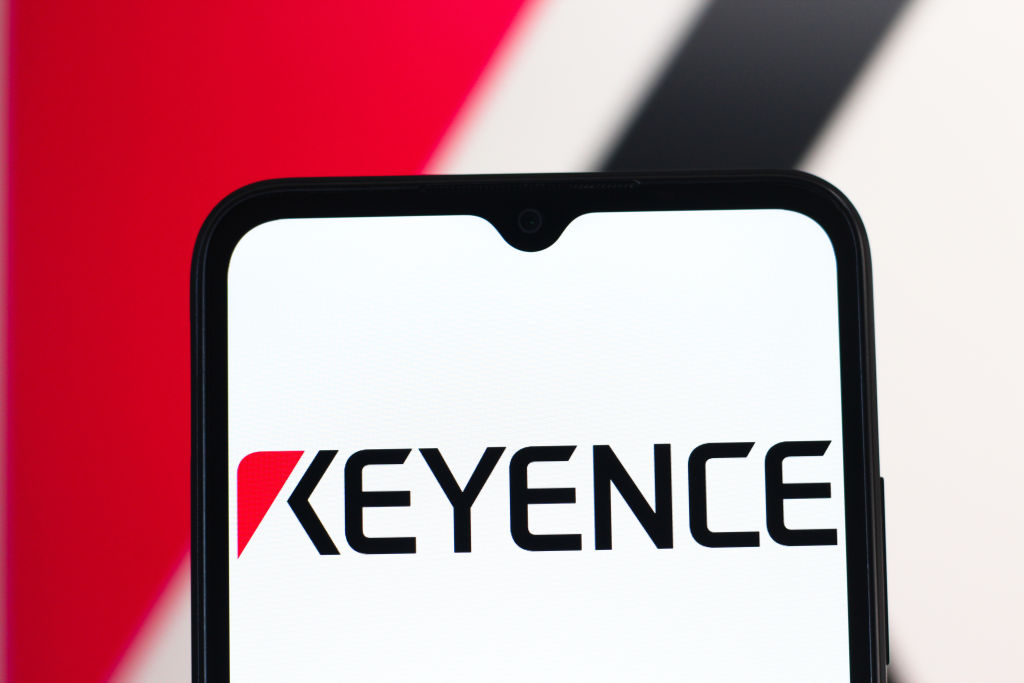The risk of default (whether you will get paid back or not) on bonds varies from issuer to issuer - for example, the US government is more likely to repay than the Argentinian ministry of finance, and a multinational conglomerate is safer than a small company.
Credit-rating agencies grade bonds to help you gauge their risks.The three biggest agencies are Moody's, Standard & Poor's (S&P) and Fitch IBCA. They use broadly the same system of classifying bonds, the safest being AAA (or Aaa with Moody's), the next being AA+ (Aa1 with Moody's) and so on down to the bottom end of the spectrum, where CCC-listed bonds are deemed to be at a substantial risk of default, and D-listings, where the issuer has already defaulted.
Bonds at the bottom end of the scale are known as 'junk bonds' and offer a higher yield than those with higher ratings, but they are a lot more risky to invest in.
MoneyWeek
Subscribe to MoneyWeek today and get your first six magazine issues absolutely FREE

Sign up to Money Morning
Don't miss the latest investment and personal finances news, market analysis, plus money-saving tips with our free twice-daily newsletter
Don't miss the latest investment and personal finances news, market analysis, plus money-saving tips with our free twice-daily newsletter
See Tim Bennett's video tutorial: Do we need ratings agencies?
Get the latest financial news, insights and expert analysis from our award-winning MoneyWeek team, to help you understand what really matters when it comes to your finances.
MoneyWeek is written by a team of experienced and award-winning journalists, plus expert columnists. As well as daily digital news and features, MoneyWeek also publishes a weekly magazine, covering investing and personal finance. From share tips, pensions, gold to practical investment tips - we provide a round-up to help you make money and keep it.
-
 'Investors should keep putting trust in investment trusts'
'Investors should keep putting trust in investment trusts'Interview Peter Walls, manager of the Unicorn Mastertrust fund, analyses investment trusts in a conversation with Andrew Van Sickle
-
 Monks Investment Trust is worthy of the spotlight
Monks Investment Trust is worthy of the spotlightMonks Investment Trust, a global growth trust, sits in the shadow of its stablemate, Scottish Mortgage. But its record warrants attention, says Max King

